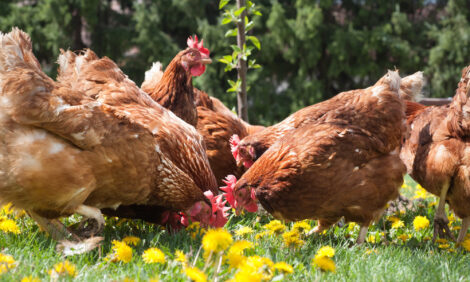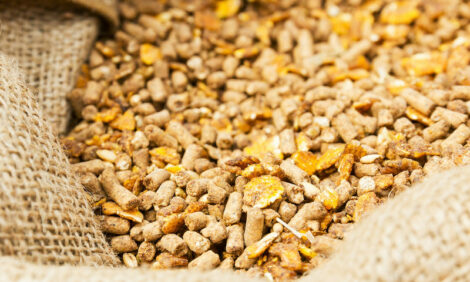



Chicken Welfare Video Leaves Unanswered Questions
US – Judging welfare issues on a farm implicated by a recently released campaign video is “impossible” due to editing, says a video review panel.The Centre for Food Integrity (CFI) has said that examples of substandard bird welfare filmed on a North Carolina broiler farm will be seen in large flocks.
Subsequently, suggested improvements for the operation included a twice-daily health check, to include culling of birds “in distress”.
Brought to the industry’s attention last week, the Animal Care Review panel examined a video produced in a Compassion in World Farming report, showing issues with bird mortality, feather cover, mobility and deformities.
The video assessment adds the National Chicken Council’s dismissal of a reactionary New York Times article as “not representative” of broiler health and welfare in general.
On the panel was Dr Ruth Newberry of Washington State University, who said: “In a large flock, there will be some birds with problems depicted in this video.
“Due to editing of the film, it is impossible to determine if the same birds are shown multiple times or if there are more widespread problems.
“The incidence of these conditions should be documented by the farmer and the reasons should be investigated. Birds with incurable conditions should be detected at an early stage and euthanized immediately. It’s the humane thing to do.”
However, the video did show an “obvious” lack of a culling programme, said panel colleague, Dr Patricia Hester of Purdue University.
Old chickens with “severe leg problems” were retained, she added.
Responding to claims that litter covering the floor of the barn is not changed, she said: “It is hard for me to assess the quality of the litter through a video. I need to feel and smell the litter and see the whole house.”
Addressing other concerns, the panel assured panting was how birds got rid of excess heat and that sunlight can be replaced with vitamin D supplements.
It highlighted feed efficiency and “more inactive chickens”, stating heritage or slow-growing birds take more feed and time, resulting in greater cost to consumers.









